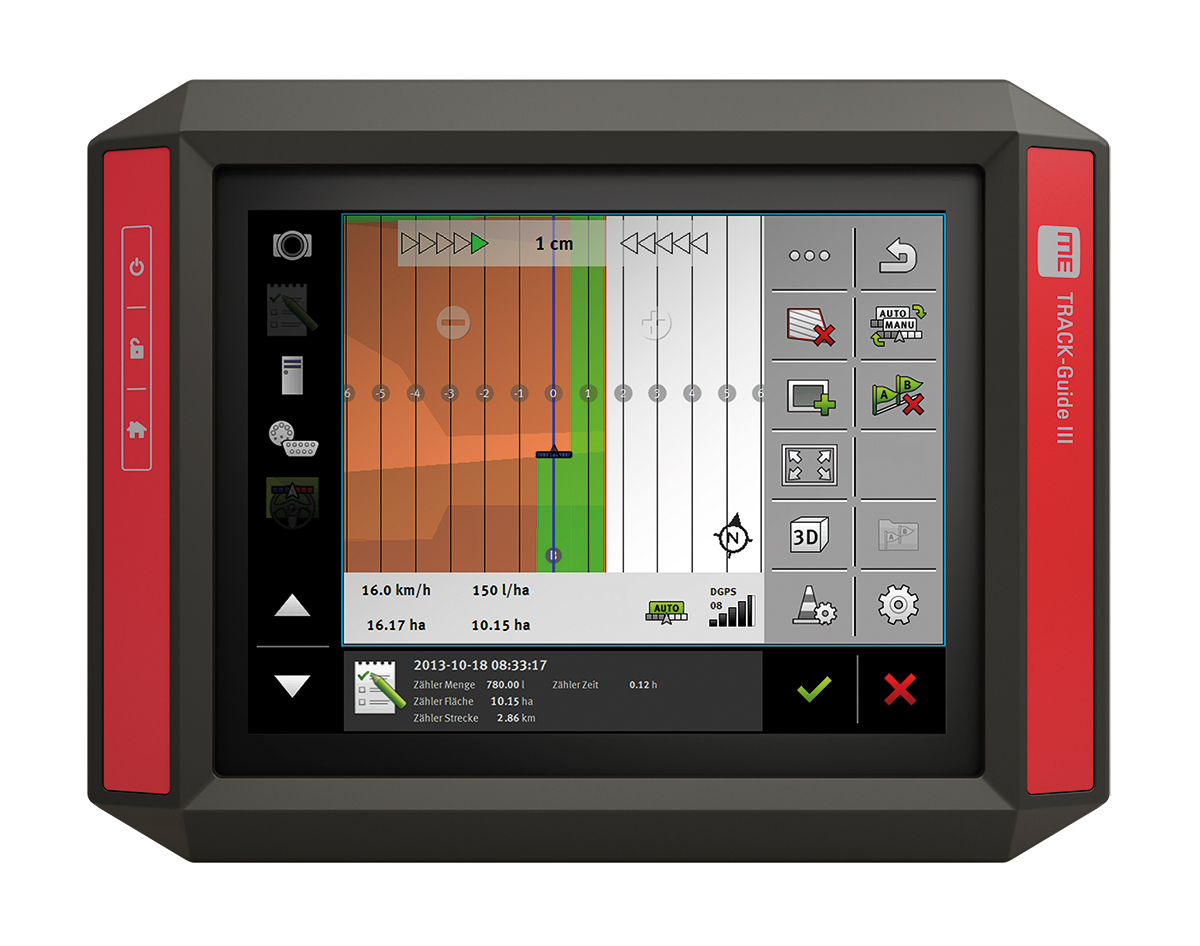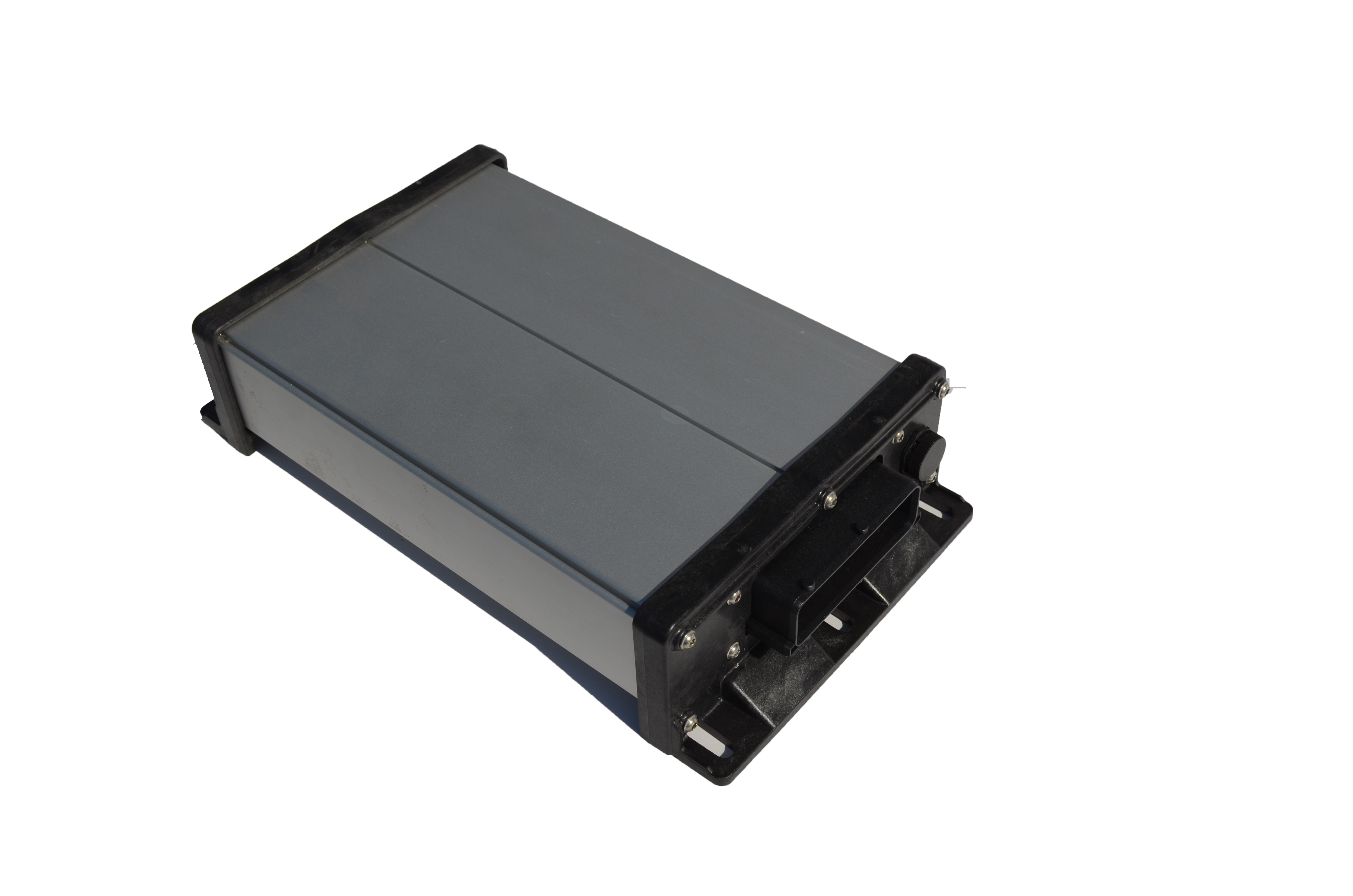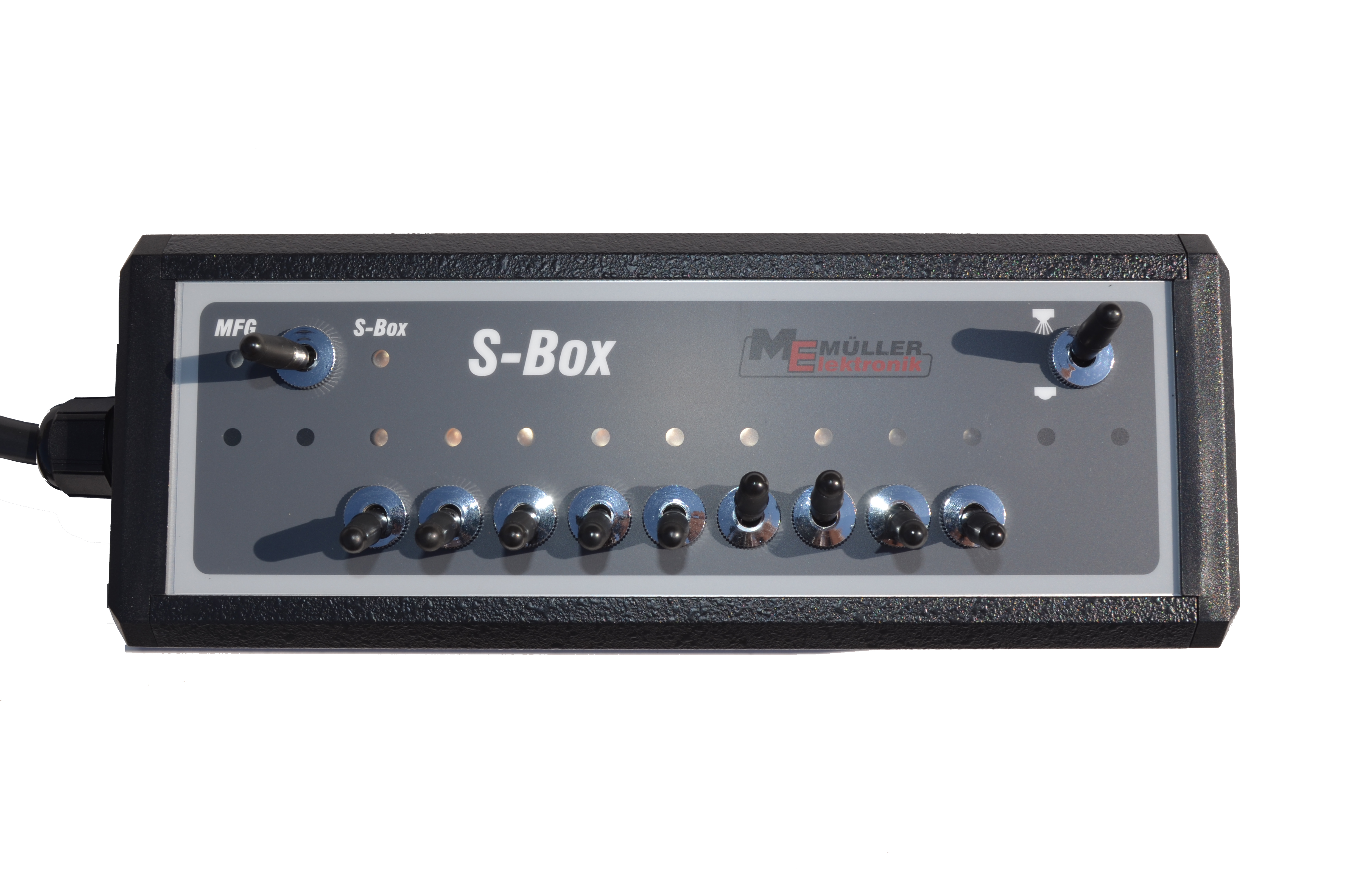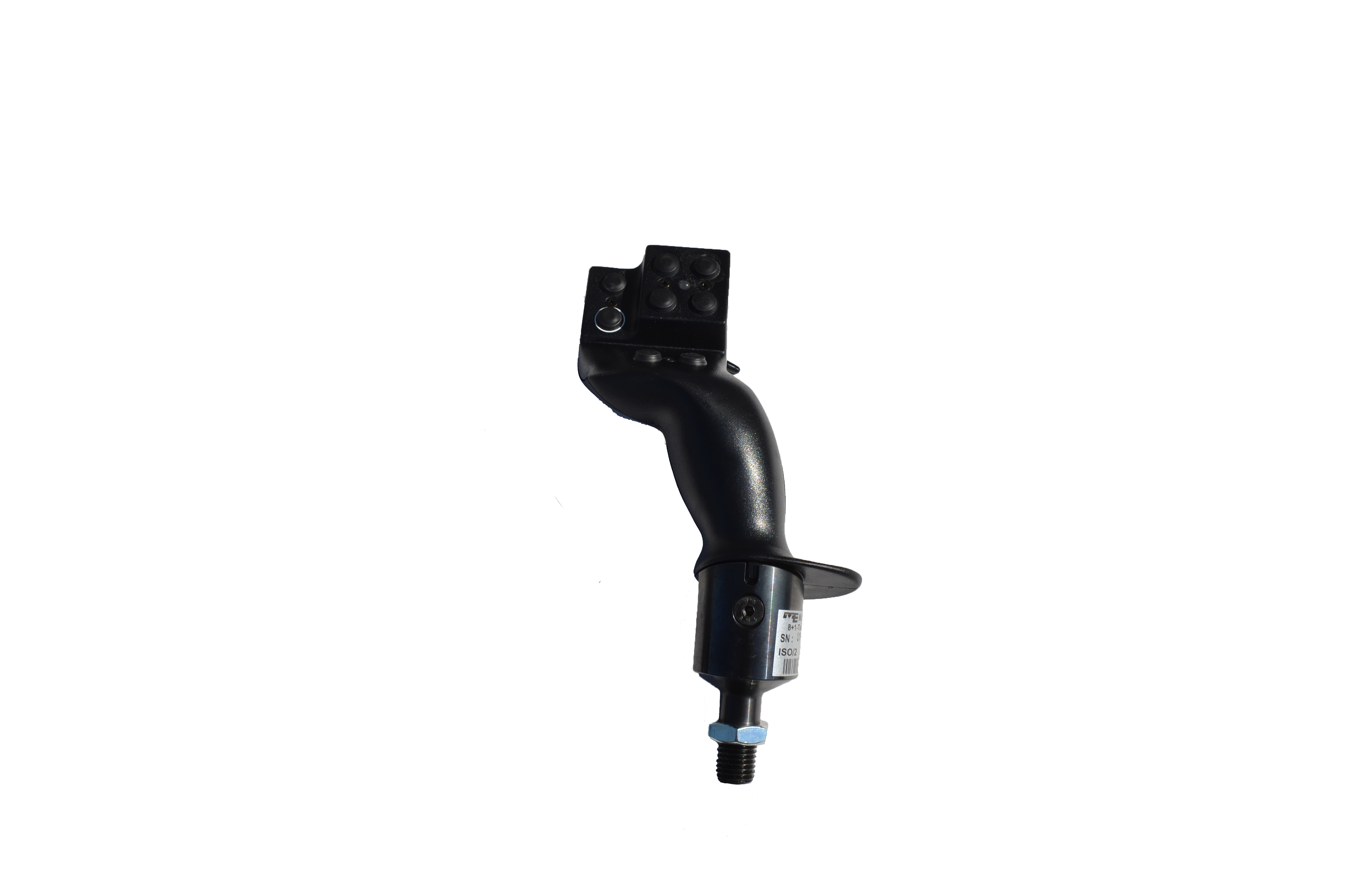ISOBUS is a universal standard for communication between tools and (GPS) displays in the tractor. ISOBUS originated from a few large players and has been adopted by almost all larger manufacturers. ISOBUS and GPS came together and offered the first options for section switching and variable application.
ISOBUS works with a standardized plug and a protocol with the communication language. It is agreed, for example, which codes are used, in which order the code is structured and which symbols are used in the virtual terminal. When the tool and tractor software speak the same language, they can communicate and exchange data.
Standardizing the communication between different systems provides various benefits. So you no longer need a separate terminal for each machine, but you can suffice with a terminal for multiple machines. This means that you can connect the machines directly to an ISOBUS-equipped tractor via "plug & play". The terminal then automatically displays the implement with its operating and setting options. By working with ISOBUS you can now operate many machines with one screen. This saves money, space in the cabin and makes connecting machines easier. Other advantages are standardization of operation, more overview in the cabin, a simpler connection between tractors and implements.
PRE-EQUIPPED ISOBUS 1
When you chose for pre-equipped ISOBUS 1, you already have following characteristics. ISOBUS 1 is more limited in the number of functions.
(Ex. Elektrohydraulic control is not possible,...)



PRE-EQUIPPED ISOBUS 2 & 3
When you chose for pre-equipped ISOBUS 2 / ISOBUS 3 when this is standard included in the configuration of your machine, you already have following characteristics:





